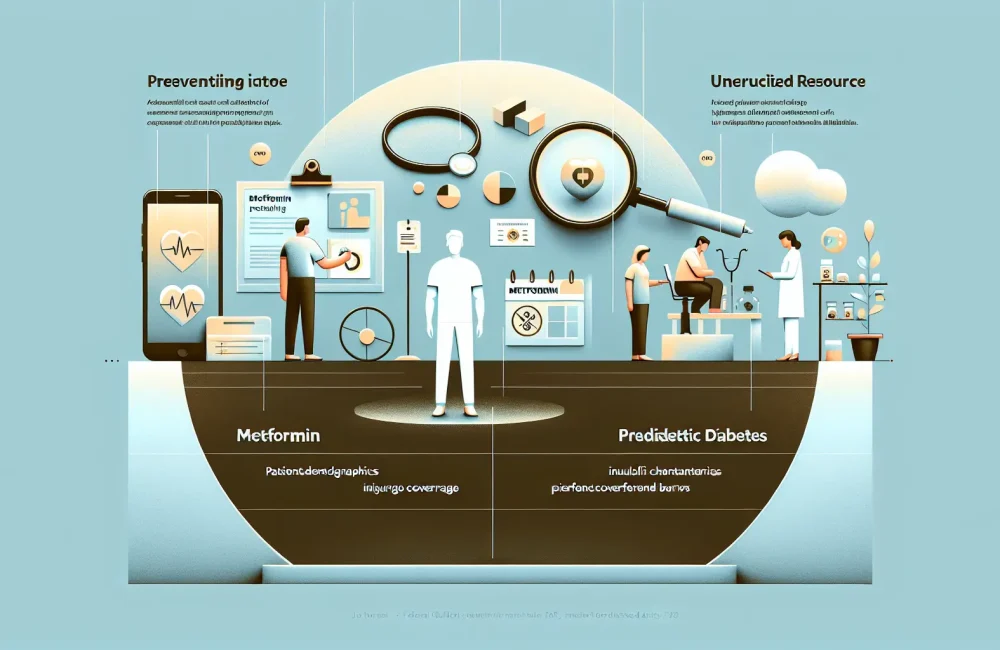By CAFMI AI From Journal of General Internal Medicine
Study Overview and Clinical Context
This analysis focuses on glucagon-like peptide-1 receptor agonists (GLP-1 RAs), a class of medications widely used in managing type 2 diabetes due to their beneficial effects on blood sugar control and weight reduction. The original study examined the potential association between GLP-1 RA usage and the risk of developing atrial fibrillation (AF), a common cardiac arrhythmia that can lead to significant morbidity, particularly in older adults with diabetes. Understanding any cardiovascular risks associated with diabetes treatments is essential for clinicians to balance benefits and harms effectively when selecting therapies for their patients. This real-world study offered valuable insights by analyzing data from actual clinical practice, moving beyond controlled trial settings to observe outcomes in diverse patient populations. The correction notice related to this article indicates updates or clarifications to ensure accuracy but did not specify the exact amendments made to the data or conclusions.
Key Findings and Clinical Implications
The study’s key findings highlighted that the use of GLP-1 receptor agonists in adults with diabetes did not significantly increase the risk of atrial fibrillation, alleviating concerns that these agents might have proarrhythmic effects. This is clinically important because diabetes patients often have multiple cardiac risk factors, making the cardiovascular safety profile of diabetic medications a critical consideration. The results support the continued use of GLP-1 RAs as a favorable option for glycemic management without heightened worry for AF onset. Clinicians should, however, remain vigilant for individual risk factors and monitor patients appropriately, but these findings can reassure healthcare providers that GLP-1 RAs do not appear to contribute meaningfully to AF risk in routine care settings. These outcomes align with guideline recommendations emphasizing cardiovascular safety in diabetes management.
Study Design, Limitations, and Practical Guidance
The underlying study employed a real-world observational design, leveraging data from diverse clinical sources to assess the occurrence of atrial fibrillation in patients treated with GLP-1 receptor agonists versus those not receiving these agents. Such an approach strengthens the relevance of findings for everyday clinical decisions but also introduces limitations inherent to observational data, including confounding factors and potential bias despite statistical adjustments. The correction notice underscores the importance of continuously updating and validating published research to maintain evidence reliability. For clinicians, the takeaway is to integrate these findings with individualized patient assessment, considering comorbidities and concurrent medications when prescribing GLP-1 RAs. Monitoring for cardiac symptoms and regular follow-up remain prudent. This evidence supports the current standards of care, balancing innovative diabetic therapies with patient safety through vigilant clinical practice.
Read The Original Publication Here






